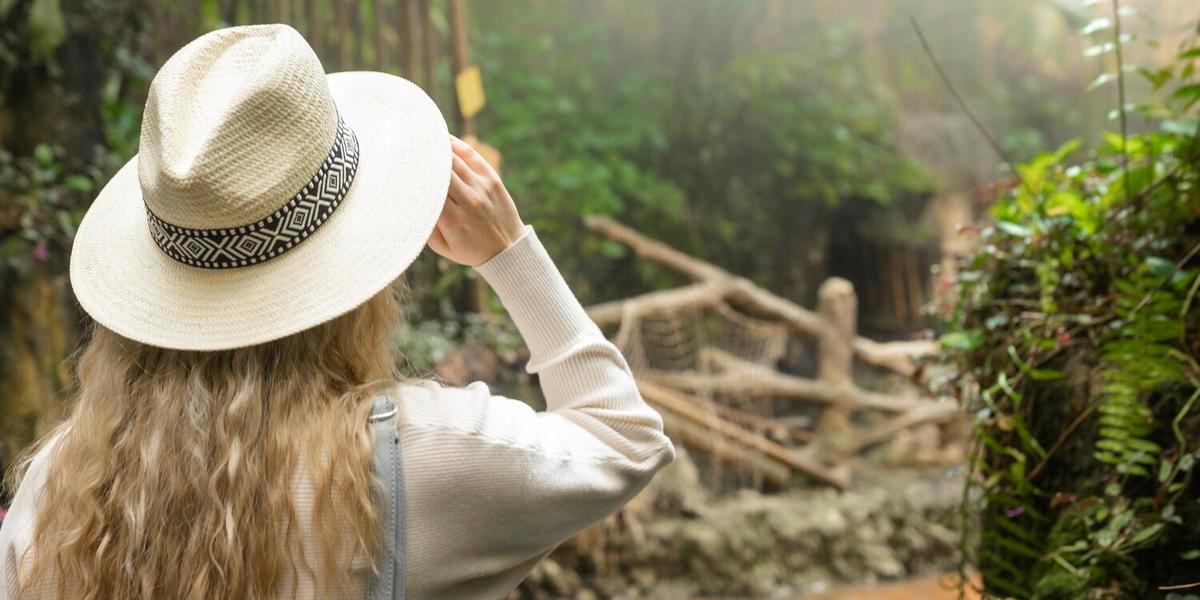
Wind Energy: A Growing Force in Clean Energy
As the world increasingly shifts towards sustainable solutions, wind energy has emerged as a significant player in the clean energy arena. Harnessing the power of the wind to generate electricity offers both environmental and economic benefits, making it a compelling choice for nations aiming to reduce carbon emissions and promote renewable energy sources.
Wind energy, a renewable resource that capitalizes on the kinetic energy from wind currents, is rapidly gaining traction worldwide. According to the Global Wind Energy Council’s latest report, wind power capacity reached over 743 gigawatts globally in 2020, demonstrating its growing importance in the energy sector.
The Mechanics of Wind Energy
Wind turbines, the core of wind energy systems, convert wind’s kinetic energy into electrical power. These towering structures are often situated in open areas, where wind flows are consistent and strong. The blades of a turbine capture the wind, and their motion drives a generator that produces electricity.
Expert Insights
Dr. Lisa Perez, a renewable energy expert, notes, “Wind energy is not only sustainable but also increasingly cost-effective, making it a viable alternative to fossil fuels.” Her insights underscore the economic viability of wind energy, which has seen significant reductions in cost over the past decade.
Benefits and Challenges
| Benefit | Challenge |
|---|---|
| Reduces carbon emissions | Intermittent energy source |
| Creates jobs in manufacturing and maintenance | Visual and noise impact |
| Conserves water resources | Wildlife impact |
| Energy independence | High initial investment |
| Diverse energy grid | Land use and availability |
| Technological innovation | Transmission infrastructure needs |
| Long-term cost savings | Public acceptance |
| Scalability | Regulatory hurdles |
These factors illustrate the multifaceted nature of wind energy, where the benefits are substantial, yet challenges remain that require careful navigation and innovation.
Real-World Applications
Consider the example of Denmark, a country that has successfully integrated wind energy into its national grid, producing nearly half of its electricity from wind. This accomplishment not only highlights the potential of wind energy but also serves as an inspiration for other nations.
Pro Tip: When considering wind energy investments, always evaluate the local wind patterns and regulatory environment to ensure optimal site selection and compliance.
Future Outlook
The future of wind energy looks promising, with continuous advancements in technology and increased global commitments to renewable energy targets. Innovations such as floating wind turbines are expanding the possibilities for offshore wind farms, opening new frontiers for energy generation.
FAQs
What makes wind energy a sustainable choice?
Wind energy is sustainable because it relies on a natural, inexhaustible resource—wind—to produce electricity without emitting greenhouse gases during operation.
How does wind energy impact wildlife?
While wind turbines can affect birds and bats, efforts are being made to design turbines that minimize these impacts, such as using radar technology to detect wildlife presence.
Is wind energy cost-effective?
Yes, the cost of wind energy has decreased significantly, making it increasingly competitive with traditional energy sources.
Conclusion
In conclusion, wind energy stands as a formidable force in the clean energy landscape. Its adoption not only supports environmental sustainability but also fosters economic growth and energy security. By embracing wind energy, communities can contribute to a greener future while reaping the rewards of a robust and diversified energy portfolio.


